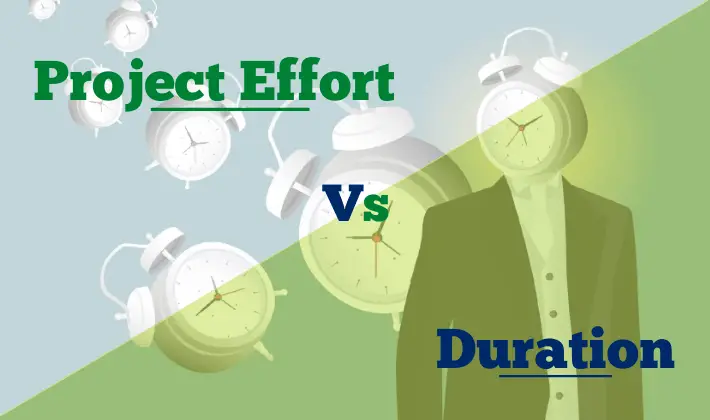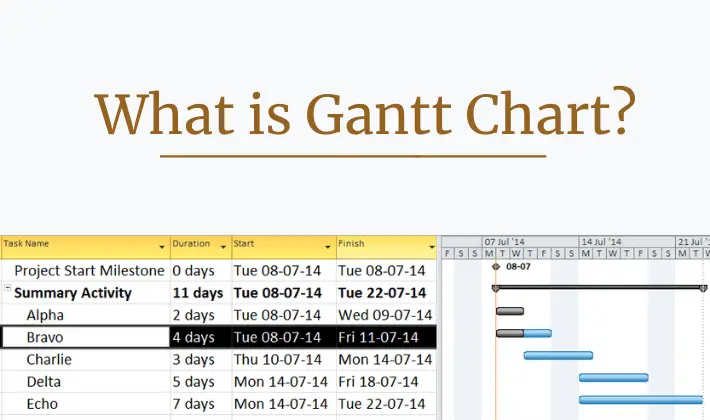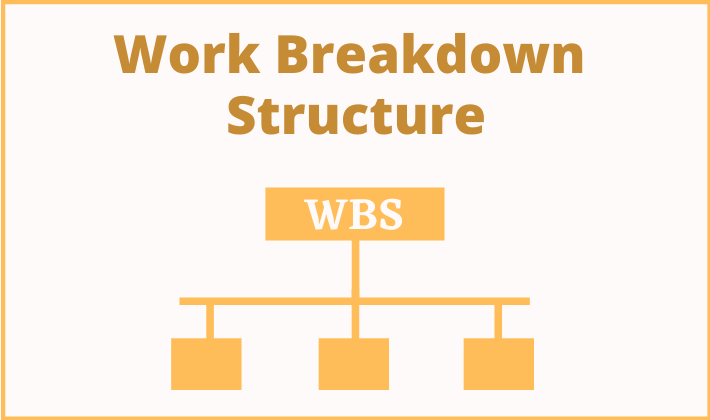7 Reasons To Do PMP Training Again
Why Should You Do PMP Training Again? I received a mail from one of my erstwhile students. He wanted to know if he should attend PMP training again. Here is an excerpt from the mail. I taken training from you in **** 2012 and had certificate. Can I use these PDU as the qualification to…










![Start to Finish [SF] Relationship (Dependency) With Examples](https://www.pmbypm.com/wp-content/uploads/2014/06/start-to-finsh.jpg)
